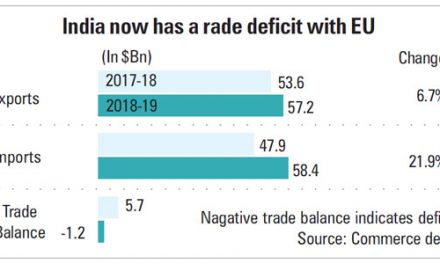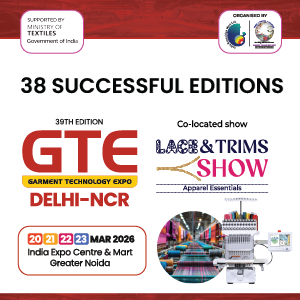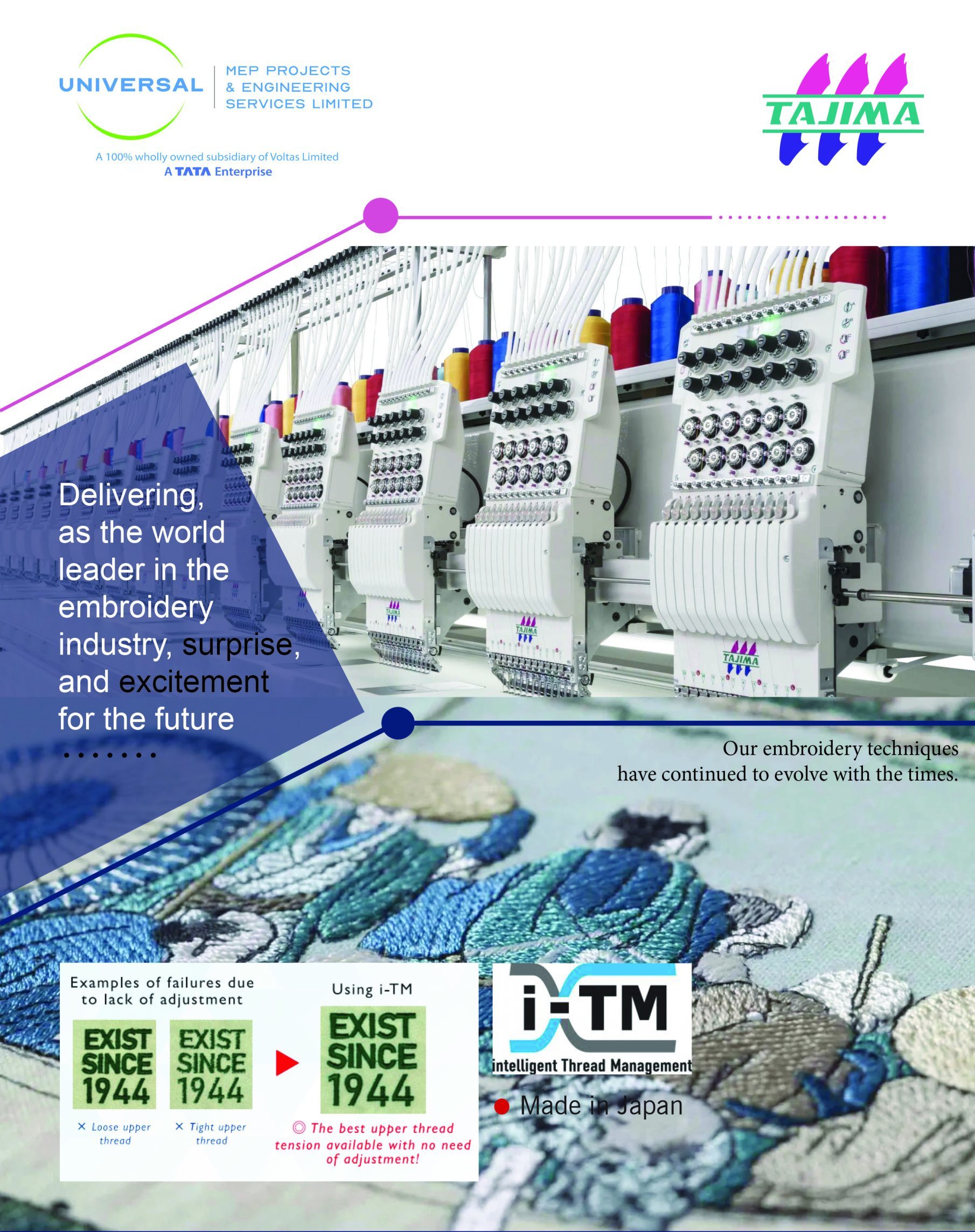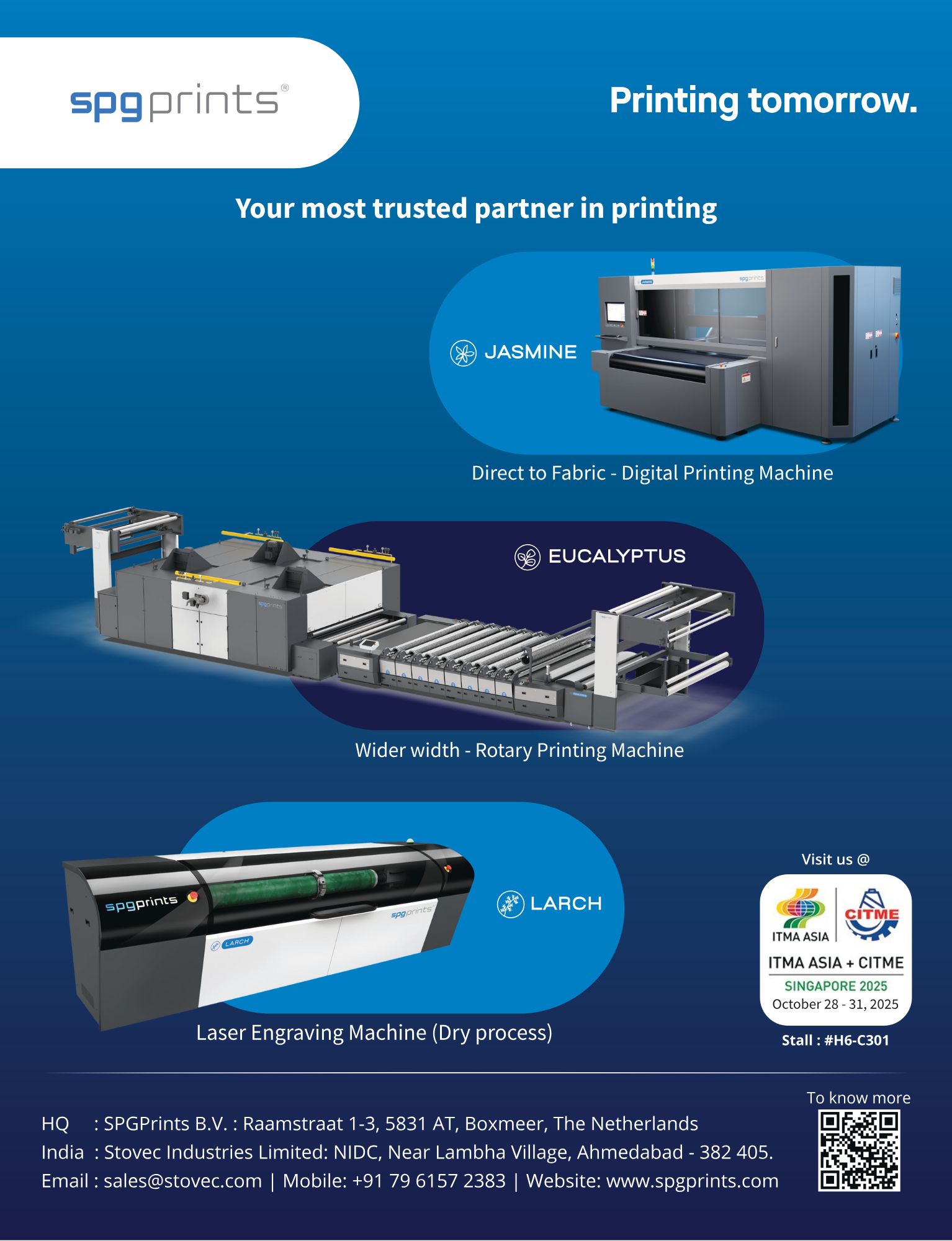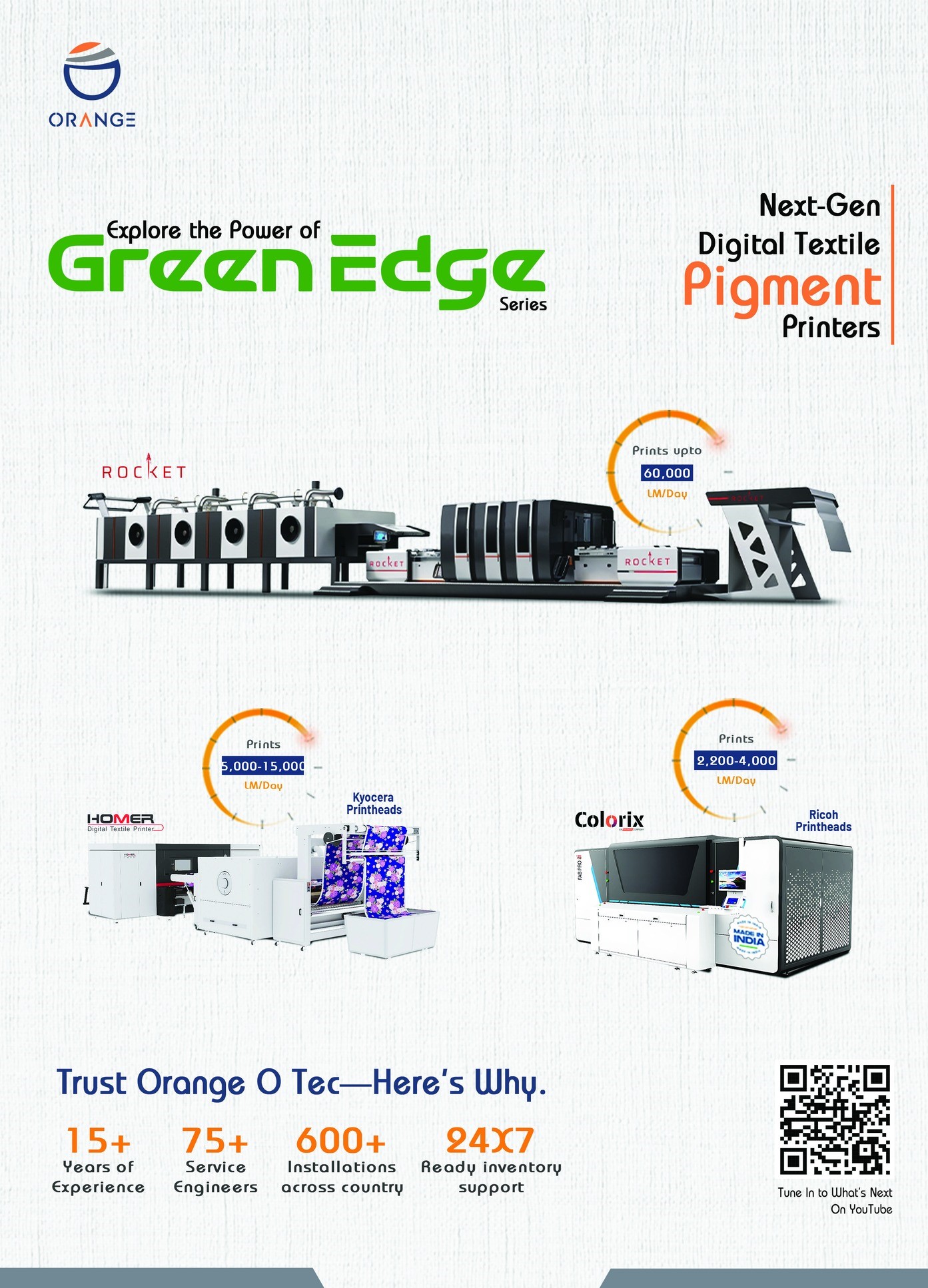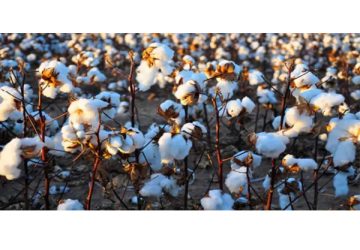
Mohammad Bilal, Senior Brand Executive & Country Manager, Ashima Machinery (Ample Garment Machinery)
The garment industry is undergoing a transformation through advanced automation and technology, with robotics and AI playing a key role. These innovations are enhancing precision and efficiency in fabric inspection, cutting and sewing processes. Benefits include improved quality, increased productivity, and reduced cost, making the industry more competitive.
With the rapid technological advancements of the Fourth Industrial Revolution, the application of artificial intelligence (AI) in the textile industry is becoming a forefront area of research and practice. This development builds on a long history of innovation, beginning with the mechanisation introduced during the First Industrial Revolution and further propelled by automation and digitalisation trends over the past decades. AI has introduced unprecedented innovations in textile design, manufacturing, and quality control, particularly in predicting fabric properties and hand feel.
AI-based software systems and machinery can reduce fabric waste by 2%
“As a direct result of implementing ASHIMA-(CRM) and partnering with AMPLE GARMENT MACHINERY, we can now accurately estimate our fabric requirements, which has allowed us to achieve much higher efficiency and productivity at the same time as cutting fabric waste. Thanks to the data centralization and reporting capabilities of ASHIMA (CRM), we can now easily measure our efficiency and material utilisation. We now have enough confidence to buy only the exact amount of fabric that the facility needs– no more and no less.” said Raghav Goel, CEO, Parera Textile Pvt. Ltd., one of our customers.
The manufacturer says it has also saved 2.2% on its bill of materials, which it believes has led to better-informed fabric bookings and improved profitability. The garment industry is currently experiencing a transformative shift, driven by advanced automation, artificial intelligence (AI), and robotics. These technological innovations are transitioning the traditional practices of the garment industry into a streamlined, efficient, and less labour intensive operation.
AI and machine learning are transforming the garment industry
Fabric inspection is a vital but delicate part of the garment production process. It forms part of the quality control process, which includes a series of tests and inspections to ensure garments are made to production standards and client specifications. Traditional fabric inspection methods are both slow and spotty, merely involving a visual examination of materials to catch obvious flaws. This can result in poor-quality clothing and costly product recalls. As consumers increasingly expect high-quality products produced both quickly and sustainably, the inadequacy of manual fabric inspection has become glaringly obvious.
In the realm of cutting and sewing – two pivotal areas in garment manufacturing – these advancements have been particularly noticeable. Cutting fabric has seen significant technological evolution. Advanced cutting machines are now at the forefront, ensuring precise and accurate fabric cuts. This precision not only reduces wastage but also conserves time. Robotic arms and advanced cutters, capable of slicing through multiple fabric layers simultaneously, have accelerated garment production rates.


